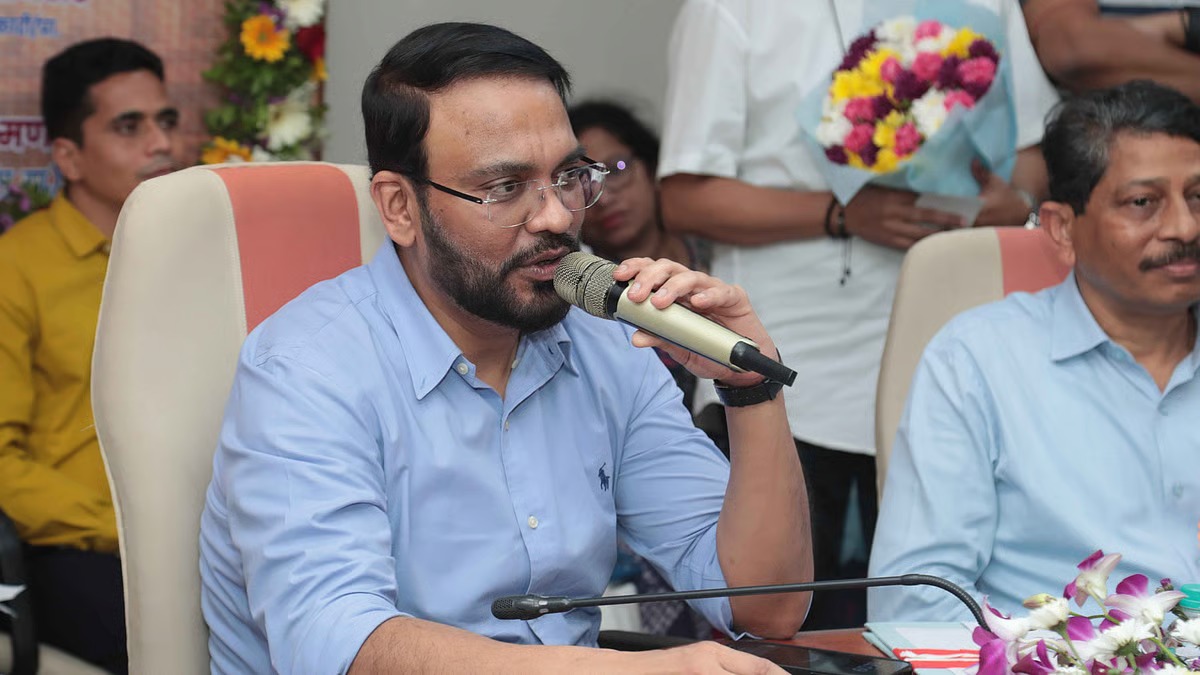
In Mumbai, AI Brings Citizens Closer to Their Dream Homes: MHADA Launches ‘MhadaSathi’ Chatbot
Technology is often described as the great leveller—it reduces asymmetry, shrinks distances, and democratizes access. In Mumbai, one of the most complex housing markets in India, technology is now being harnessed to bring citizens closer to their dream homes. The Maharashtra Housing and Area Development Authority (MHADA) has launched ‘MhadaSathi’, an AI-powered chatbot that promises to transform the way citizens access housing-related information.
The initiative was formally launched by IAS Sanjeev Jaiswal, Vice President and Chief Executive Officer of MHADA, signaling a new chapter in how a legacy housing institution is embracing digital transformation. For decades, MHADA lotteries have been synonymous with both aspiration and anxiety for Mumbai’s middle-class families. The hope of an affordable home often collided with opaque processes, endless paperwork, and long queues at government offices. With MhadaSathi, some of those frictions may finally fade.
Technology Meets Transparency
At its core, the chatbot is designed to answer citizens’ most common questions about housing lotteries, applications, tenders, residential projects, and regulatory updates. It is available in both Marathi and English, a thoughtful move that expands accessibility.
The chatbot isn’t just text-based. It comes with a voice-enabled feature, making interactions more natural and reducing barriers for citizens less comfortable with typing. This simple design choice reflects an important principle: technology must adapt to people, not the other way around.
In its first phase, MhadaSathi is accessible through MHADA’s official website. Soon, it will be rolled out on a mobile app, extending its reach to a wider audience in a city where smartphones are often the primary digital gateway.
From Queues to Clicks
Historically, applying for a MHADA home was a test of patience. Citizens would often spend hours in queues, navigating forms, clarifications, and documentation. MhadaSathi aims to change that.
For instance, when citizens apply for the annual housing lottery, they often face confusion about eligibility, deadlines, or supporting documents. The chatbot will now serve as a reliable, 24x7 guide, ensuring that applicants don’t need to make multiple trips to MHADA offices for basic queries.
In an interview with The CSR Journal, Sanjeev Jaiswal highlighted a striking outcome: the average waiting time at MHADA’s Citizen Facilitation Centre has already dropped to 7–8 minutes. Add to that the document scanning facility that simplifies verification, and the citizen experience begins to resemble modern customer service rather than old-style government bureaucracy.
The next phase is even more ambitious—citizens will soon be able to upload documents directly from their homes. If implemented effectively, this step could eliminate one of the biggest pain points in the housing application process.
Building Trust Through Information
Housing is not just about brick and mortar; it is about trust, transparency, and timelines. By placing reliable information in the hands of citizens, MHADA is attempting to bridge the trust deficit that often surrounds public housing projects.
The AI chatbot ensures that all nine MHADA divisions can now be accessed through a single digital window. This centralization of information reduces confusion, prevents misinformation, and, most importantly, strengthens transparency.
The symbolism of the launch period is also worth noting. The chatbot arrives at a time when citizens expect the state to modernize governance. In this context, technology is not an add-on but a necessity—a bridge between citizen expectations and institutional performance.
More Than a Chatbot: A Sign of Systemic Reform
MhadaSathi is not just a digital tool; it reflects a broader system-driven mindset. Instead of relying on individual discretion or face-to-face interactions—both fertile grounds for delay or opacity—the system is embedding clarity and uniformity into its processes.
The move also shows how government institutions can use small, smart interventions to create big impacts. For a citizen, saving hours in a queue or getting instant clarity on application rules is not a minor convenience—it is dignity restored.
The Road Ahead
Of course, no digital solution is perfect. The success of MhadaSathi will depend on how well it is maintained, updated, and integrated with MHADA’s broader housing systems. Citizens will also need to trust the accuracy of its responses. But as a beginning, this initiative checks the right boxes—language accessibility, voice-enabled support, phased rollout, and a focus on citizen convenience.
In a city where a home is more than just real estate—it is the foundation of security, identity, and aspiration—MhadaSathi may not solve Mumbai’s housing crisis. But it can certainly make the journey towards owning a MHADA home a little less daunting.
As Sanjeev Jaiswal rightly signals through this initiative, the future of public service delivery in India lies in combining technology with empathy. The dream of a home is deeply personal; the delivery of that dream must be predictably efficient.



